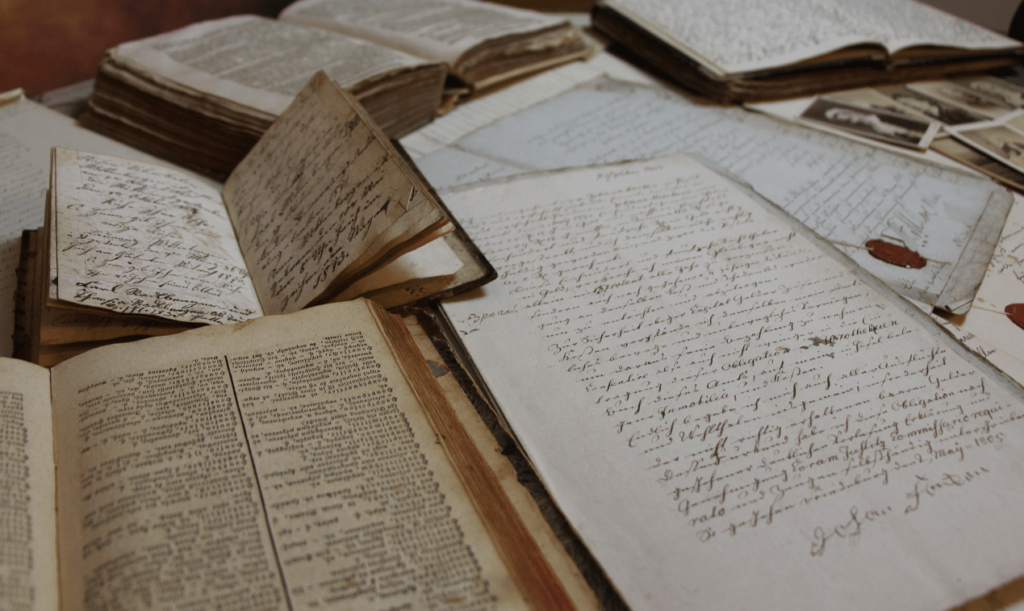Hey guys! Today we will explore a fundamental subject for understanding the science of history: historical sources. If you are with me, you will learn what these sources are and how they are essential to reconstruct the past.
What are Sources?
Before we explore the universe of historical sources, it is crucial to understand the concept of source. Let's say I'm an astronomy enthusiast, and I'm interested in learning about the discovery of a new planet in our solar system. If I shared the news that a tenth planet had been found beyond Pluto, you would naturally ask, “What is the source of this information? Is it just speculation or is there scientific evidence?” The source, in this context, would be the reliable basis from which we obtain information, just as it occurs in the story world.
Documentary Sources: The Basis of Historical Reconstruction
In the historical field, we have documentary sources, which are those that we generally associate with written documents, such as letters, registry office records, chronicles and even personal documents, such as ID and birth certificates. These documents give us insight into the past and help us understand events that occurred.
A common question arises: how do we know that historical figures like Julius Caesar existed? It is not necessary to find Julius Caesar's bones, but rather to analyze documents from the time, records from the Roman Empire and other peoples who interacted with it. These documentary sources are essential to establish the existence of historical characters.
Archaeological Remains: Traces of the Past
In addition to documentary sources, we have archaeological remains, which are the material finds left by man over time. Everything we do leaves a mark, and archaeologists, by unearthing these remains, are able to build part of the historical narrative. If we think about the everyday objects we use, such as devices, these can also be considered historical sources when found by archeology.
Intangible Sources: The Spoken History
Now, let's talk about intangible sources, which are related to oral history. Oral history is based on what we say, interviews and recordings. When conducting interviews, we can construct historical narratives from word of mouth, remembering that each person can have a version of events, just as happens when there is a disturbance in the neighborhood and each person has a different perspective of what happened.
Primary and Secondary Sources (Direct and Indirect Sources)
When dealing with historical sources, it is important to mention the distinction between primary and secondary sources. Primary sources are those with which we have first contact, such as official documents, remains and oral histories. Secondary sources are those analyzed by historians in their writings.
It is crucial to understand that historians carry a wealth of knowledge when analyzing sources, applying documentary criticism. They question the origin, production and context of sources, building historical knowledge based on careful analysis.




